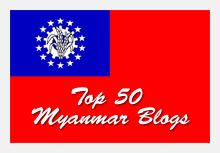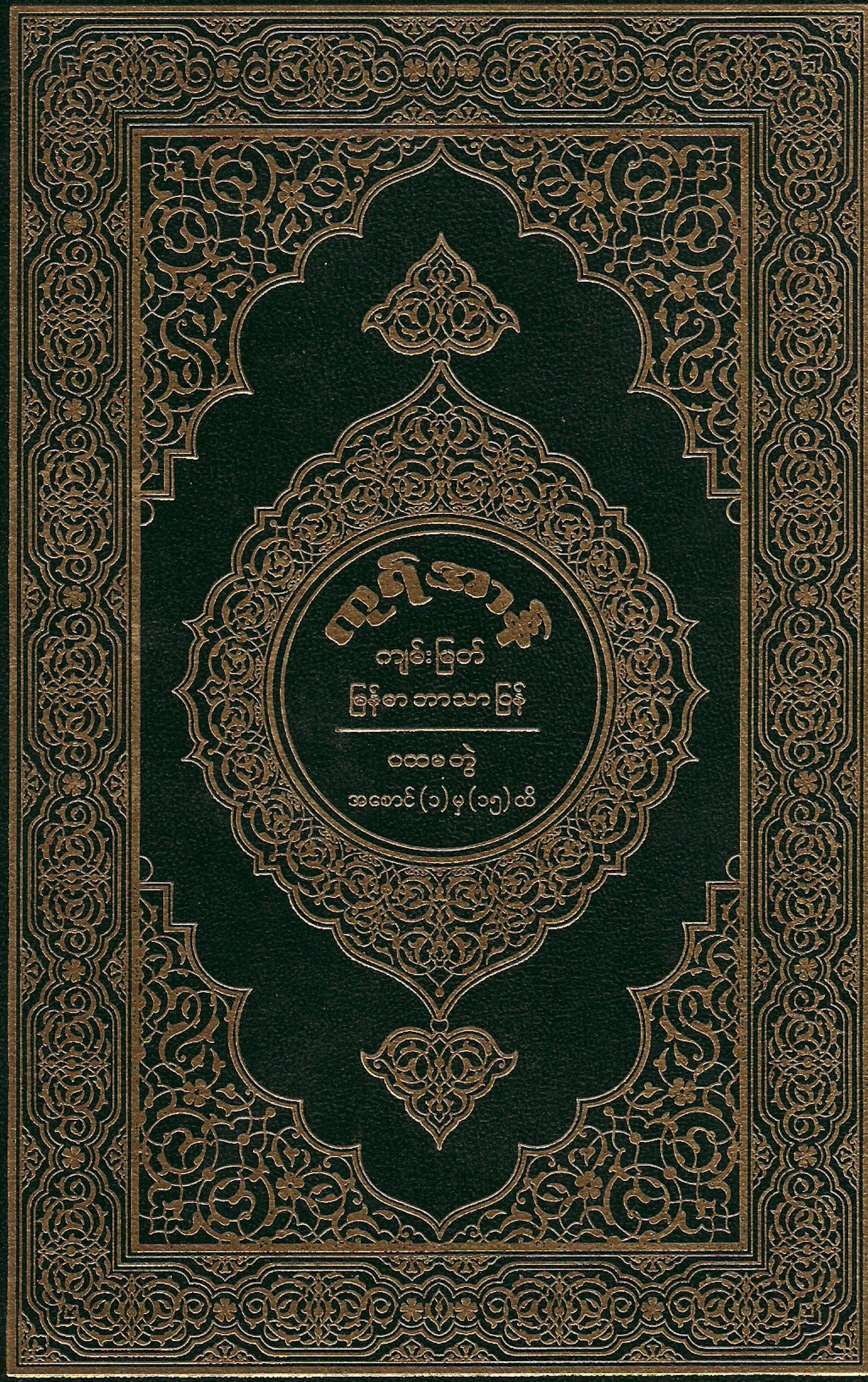The Golden days of the
Great Shan Empire V
Shans around the world (Tai peoples)
The Tai or Tai-Kadai ethnicity
The Tai or Tai-Kadai ethnicity refers collectively to the ethnic groups of southern China and Southeast Asia, stretching from_
-
Hainan to eastern India
-
and from southern Sichuan to Laos,
-
Thailand, and parts of Vietnam,
which speak languages in the Tai-Kadai family and share similar traditions and festivals, including Songkran or Thingyan water festival.
-
Despite never having a unified nation-state of their own,
-
the peoples also have historically shared a vague idea of a Shan or Tai or “Siam” nation, corrupted to Shan in Burma or Assam in India, and most of them self-identified themselves as “Tai”.
Origin of the Tai Comparative linguistic research seems to indicate that the Tai people were a proto Tai-Kadai speaking culture of southern China, and that they may have originally been of Austronesian descent.
Prior to inhabiting mainland China, the Tai are suspected to have migrated from a homeland on the island of Taiwan where they spoke a dialect of Proto-Austronesian or one of its descendant languages.
After the arrival of Sino-Tibetan speaking ethnic groups from mainland China to the island of Taiwan, the Tai would have then migrated into mainland China, perhaps along the Pearl River, where their language greatly changed in character from the other Austronesian languages under influence of Sino-Tibetan and Hmong-Mien language infusion.
The coming of the Han Chinese to this region of southern China may have prompted the Tai to migrate in mass once again, this time southward over the mountains into Southeast Asia.
While this theory of the origin of the Tai is currently the leading theory, there is insufficient archaeological evidence to prove or disprove the proposition at this time, and the linguistic evidence alone is not conclusive.
DNA Analysia
-
However, in further support of the theory, it is believed that the O1 Y-DNA haplogroup is associated with both the Austronesian people and the Tai.
-
The prevalence of Y-DNA Haplogroup O1 among Austronesian and Tai peoples also suggests a common ancestry with the Sino-Tibetan, Austro-Asiatic and Hmong-Mien peoples some 35,000 years ago in China.
-
Y-DNA Haplogroup O1 is a subclade of O Y-DNA haplogroup, which itself is a clade of Y-DNA Haplogroup K, a genetic mutation that is believed to have originated 40,000 somewhere between Iran and Central China.
-
In addition to the ethnicities previously mentioned, the progenator of Haplogroup K was probably the ancestor of nearly all modern Melanesian people, as well as the Mongols and the Native Americans.
-
Haplogroup K, in turn, is a clade of Y-DNA Haplogroup F, which is believed to have originated in Northern Africa some 45,000 years ago.
-
Haplogroup F is believed to be associated with the second major wave of migration out of the African continent.
-
In addition to the ethnicities previously mentioned, the progenator of Haplogroup F was probably the ancestor of all Indo-Europeans.
Subdivisions of the Tai Ethnic Group
The exact structure of the clades of the Tai ethnicity are a topic of present debate among linguists and other social scientists.
There is only a general consensus as to the existence of the following distinct groups:
-
the nuclear Tai peoples of China and much of Southeast Asia,
-
including most notably the Thai, Lao, Isan, Shan and Zhuang
-
the Li people of China (also known as the Hlai people)
-
the Kadai peoples of China and Vietnam (also known as the Geyan peoples)
-
the Kam-Sui peoples (which may or not include the Biao people)
-
the Saek people of Laos and Thailand
-
the Biao people of China
Other Tai-Kadai speaking ethnic groups of non-Tai ethnic descent
There is an ethnic group called the Lakkia in the Guangxi Province of China (Tai Lakka in neighboring portions of Vietnam) which is ethnically of Yao descent whose members speak a Tai-Kadai language called Lakkia. These Yao were likely in an area dominated by Tai speakers and assimilated an early Tai-Kadai language (possibly the language of the ancestors of the Biao people).
The Lingao people in the Hainan Province of China speak a Tai-Kadai language called Lincheng, although the ethnicity of the Lingao traces back to the Han nationality.
Geographic Distribution
-
The Tai have historically resided in China, India and continental Southeast Asia since the early Tai expansion period.
-
Their primary geographic distribution in those countries is roughly in the shape of an arc extending from_
-
northeastern India through southern China and down to Southeast Asia.
-
Recently Tai migrated to Sri Lanka, Japan, Taiwan, Australia, New Zealand, Europe, the United Arab Emirates, Argentina and North America as well.
-
Greatest ethnic diversity within the Tai occurs in China.
-
Nuclear Tai peoples throughout China, India and Southeast Asia
Further information:
-
Tai ethnic groups in China,
-
Tai ethnic groups in Southeast Asia,
-
and Tai ethnic groups in India
Li people
The Li reside primarily, if not completely, within the Hainan Province of China.
Kadai peoples
The Kadai peoples are clustered in the Guangxi, Guizhou, Yunnan, Hunan and Hainan Provinces of China, as well as the Ha Giang, Cao Bang, Lao Cai and Son La Provinces of Vietnam.
Kam-Sui peoples
The Kam-Sui peoples are clustered in China as well as neighboring portions of northern Laos and Vietnam.
Saek people
The center of the Saek population is the Mekong River in central Laos. A smaller Saek community makes its home in the Isan region of northeast Thailand, near the border with Laos.
Biao people
The Biao people are clustered in the Guangdong Province of China.
Lakkia people
The Lakkia are an ethnic group clustered in the Guangxi Province of China and neighboring portions of Vietnam, whose members are of Yao descent, but speak a Tai-Kadai language called Lakkia.
These Yao were likely in an area dominated by Tai speakers and assimilated an early Tai-Kadai language (possibly the language of the ancestors of the Biao people).
Lingao people
The Lingao people are an ethnic group clustered in the Hainan Province of China who speak a Tai-Kadai language called Lincheng.
They are categorized as Han Chinese under China’s system of ethnic classification.
Other Tai populations throughout Asia
There is a large Shan community within Sri Lanka which settled in Sri Lanka from mainland India.
In other parts of Asia, substantial Thai communities can be found in Japan, Taiwan and the United Arab Emirates.
Tai of North America
The United States is home to a significant population of Thai, Lao, Tai Kao, Isan, Lu, Phutai, Tai Dam, Northern Thai, Southern Thai, Tay and Shan people.
There are a significant number of Thai and Lao people living in Canada as well.
Tai of Europe
The most significant communities of Tai peoples in Europe are in_
-
the Lao communities of the United Kingdom, France, Germany and Switzerland,
-
the Isan communities of the United Kingdom and Iceland,
-
the Thai communities of Finland, Iceland and Norway,
-
the Tai Dam and Tay communities of France,
-
and the Southern Thai community of the United Kingdom.
Thai of Oceania
There is a sizable Thai community in Australia, as well as a Northeastern Thai community in New Zealand.
Lao of Argentina
In recent times, large numbers of Lao have migrated to Argentina.
Common CultureLanguage
The languages spoken by the Tai people are referred to as the Tai-Kadai language family.
The most widely spoken of the Tai-Kadai languages are_
-
the Tai languages, including Thai, the national language of Thailand,
-
Lao or Laotian, the national language of Laos,
-
Burma‘s Shan language,
-
and Zhuang, a group of languages of southern China.
These languages are tonal languages,
-
meaning variations in tone of a word can change that word’s meaning.
Festivals
The Tai throughout Asia celebrate a number of common festivals, including a holiday known as Songkran, which originally marked the vernal equinox.
Thailand
The Tai migration from the northern mountains into Thailand and Laos was a slow process, with the Tai generally remaining near to the mountainous regions within the region, where they were able to use their specialized agricultural knowledge relating to the use of mountain water resources for rice production.
The earliest Tai settlements in Thailand were along the river valleys in along the northern border of the country. Eventually, the Tai settled the central plains of Thailand (which were covered with dense rainforest) and displaced and inter-bred with the pre-existing Austro-Asiatic population.
The languages and culture of the Tai eventually came to dominate the regions of both modern-day Laos and Thailand.
In more recent times, many of the Tai tribes of Laos also migrated west across the border establishing communities in Thailand. The Laotian Tai ethnic groups, often referred to as the Lao), are largely clustered in the Isan region of Thailand.
The coming of the Han Chinese to this region of southern China may have prompted the Tai to migrate in mass once again, this time southward over the mountains of southern China into Southeast Asia via the mountains of Burma and Laos to the north of Thailand.
It is believed that the Tai ethnic groups began migrating southward from China and into Southeast Asia during the first millennium A.D.
Tai ethnic fusion
Over the years, the Tai intermarried and absorbed many of the other populations who co-inhabited and/or politically occupied the region, particularly populations of Mon-Khmer, Burmese, and Chinese descent.
This fusion of ethnicity has led to considerable genetic diversity in the modern Thai people, and has resulted in a Tai population significantly different in culture, language and physical appearance from the Tai ethnic groups who remained in China.
In addition, many of the individual Tai ethnic groups have merged under a common Thai identity, and have adopted a nationalistic view of their culture.
Individual Tai ethnic groups in Thailand
There are presently upwards of 30 distinct Tai ethnic groups within Thailand, making up nearly 85% of the nation’s population. The genetic stratification of the ethnic clades of the Tai ethnicity is a topic of present debate among linguists and other social scientists.
Filed under: Shan, Tai ethnic group, Thailand, Tibeto-Burman | Tagged: Burma, CHINA, History, Migration, Shan, Tai, Thailand |












+(Small).jpg)


Leave a comment